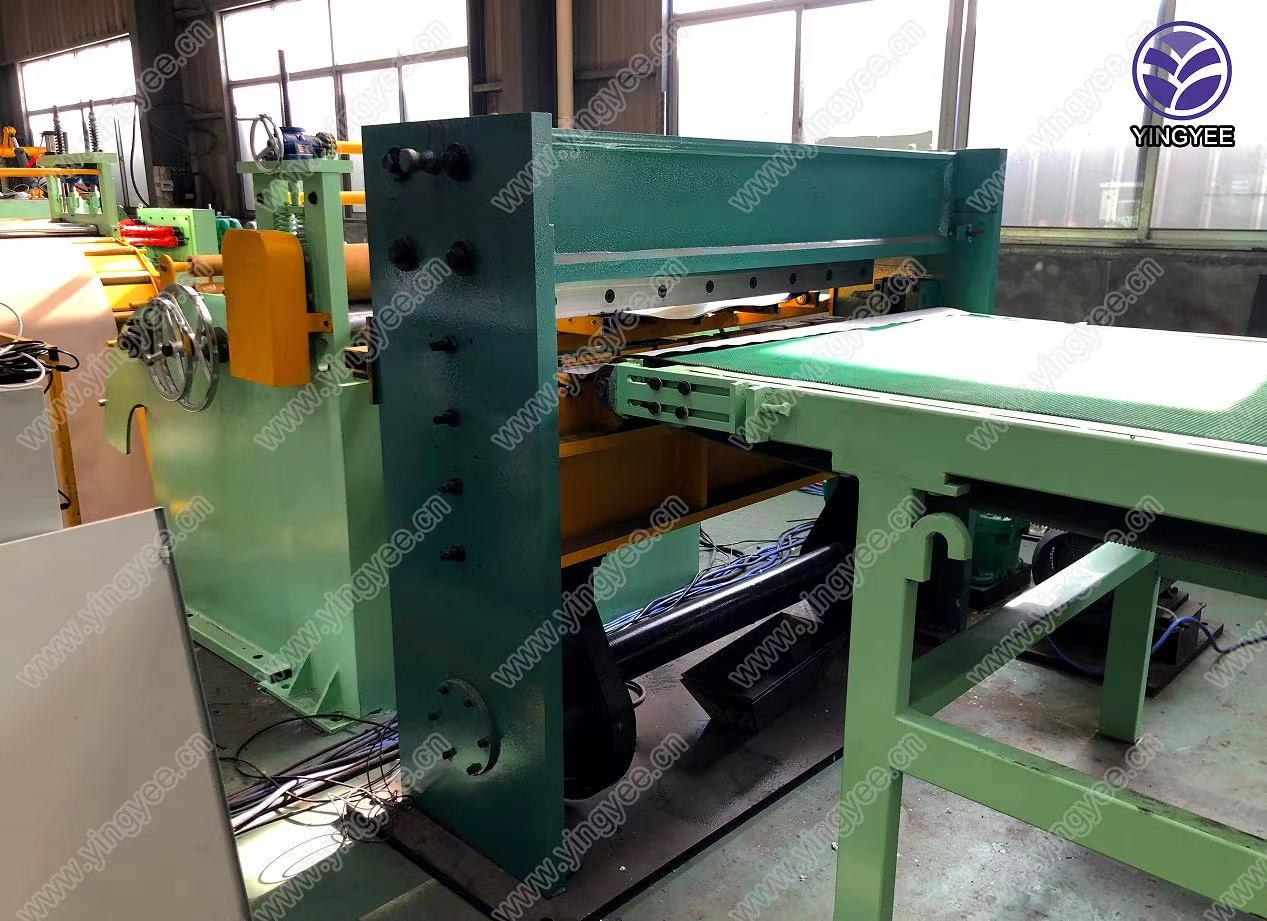
Understanding Tube Mills Essential Equipment in Modern Manufacturing
In the realm of modern manufacturing, tube mills play a crucial role in the production of tubular products. Primarily utilized in the steel and metal industries, tube mills are specifically designed to mass-produce various types of tubes and pipes that serve an array of applications. From structural components in construction to intricate parts in automotive and aerospace industries, the importance of tube mills cannot be overstated.
What is a Tube Mill?
A tube mill is a type of manufacturing equipment that forms, welds, and shapes metal strips into tubular forms. The process generally begins with a flat strip of metal, which is fed into the machine where a series of rollers gradually bend it into a cylindrical shape. Once the metal reaches the desired form, it is welded along its seam, producing a continuous tube.
The design of tube mills can vary depending on the specific requirements of the product
. They can produce tubes with different diameters, wall thicknesses, and materials, including stainless steel, carbon steel, and aluminum. The adaptability of tube mills makes them an essential asset for manufacturers looking to cater to diverse market demands.The Process From Strip to Tube
The process of converting metal strips into tubes involves several stages
1. Preparation of Raw Materials The first step involves selecting and preparing the metal strip. The quality of the raw material is paramount, as it directly impacts the final product’s integrity.

2. Forming The metal strip is then passed through a series of rollers, which gradually shape it into a cylindrical form. This is often a continuous process that ensures efficiency and consistency.
3. Welding Once the strip is formed, it is welded along its seam. This can be done through various methods, such as high-frequency induction welding or tungsten inert gas (TIG) welding, depending on the application and material.
4. Finishing After welding, the tube may undergo additional processes like sizing, straightening, and cutting to meet specific dimensions. Surface treatments may also be applied to enhance durability and resistance to corrosion.
Applications and Importance
Tube mills are pivotal in numerous industries. In construction, they provide essential materials for scaffolding, structural supports, and piping systems. In the automotive industry, tubes are utilized in exhaust systems and fuel lines, where strength and reliability are paramount. Furthermore, in the aerospace sector, lightweight yet durable tubes are needed for various components, highlighting the versatility and significance of tube mills.
As the demand for high-quality tubular products continues to grow, advancements in tube mill technology play a significant role in increasing production efficiency and reducing costs. Innovations such as automated welding techniques and computerized control systems are enhancing precision, making tube mills more efficient and reliable than ever.
Conclusion
In summary, tube mills are essential equipment in the manufacturing landscape, producing vital components used across different industries. Their ability to adapt to various materials and specifications makes them a cornerstone of modern manufacturing processes. As the industries evolve, the technology surrounding tube mills will continue to advance, ensuring they remain at the forefront of productivity and innovation.